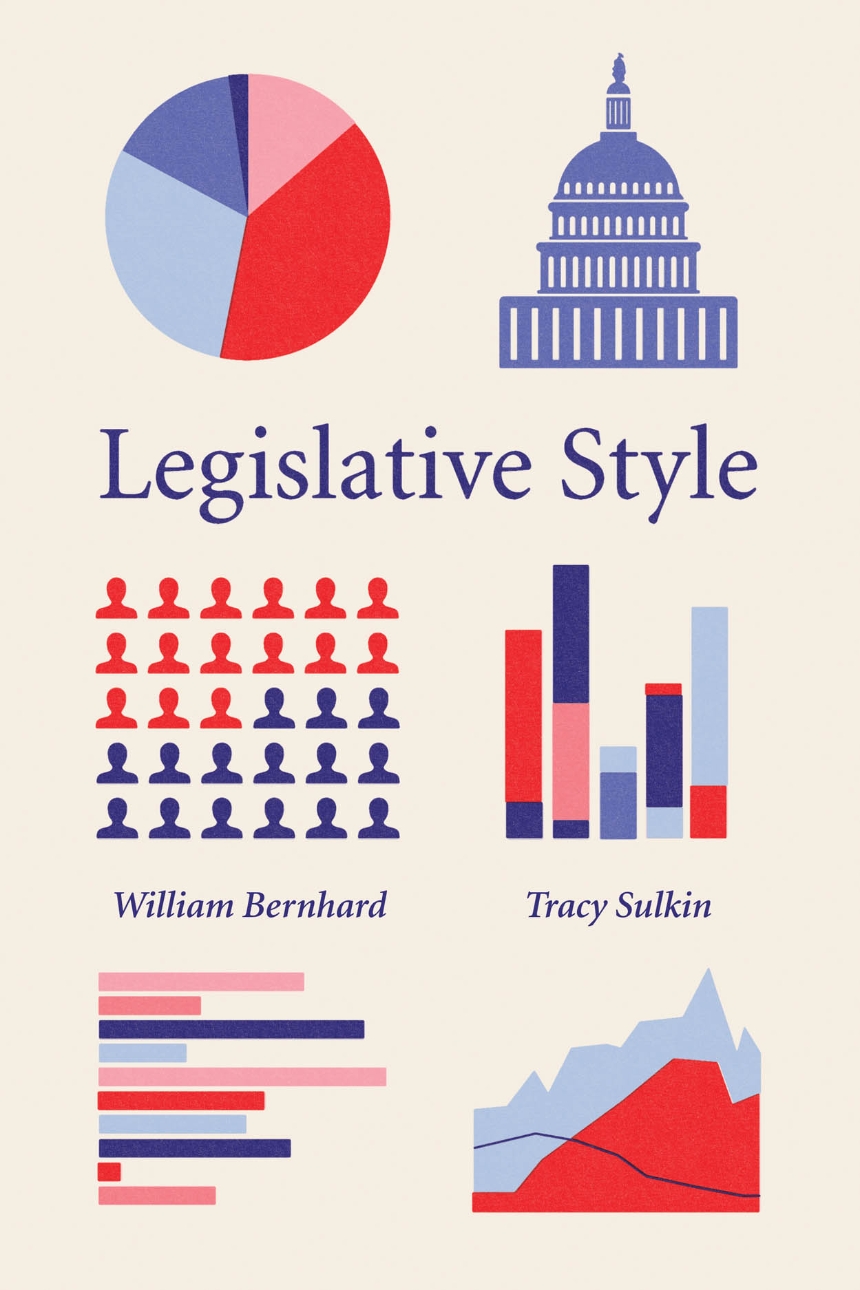Legislative Style
Bernhard and Sulkin have developed a systematic approach for looking at legislative style through a variety of criteria, including the number of the bills passed, number of speeches given, amount of money raised, and the percentage of time a legislator voted in line with his or her party. Applying this to ten congresses, representing twenty years of congressional data, from 1989 to 2009, they reveal that legislators’ activity falls within five predictable styles. These styles remain relatively consistent throughout legislators’ time in office, though a legislator’s style can change as career goals evolve, as well as with changes to individual or larger political interests, as in redistricting or a majority shift. Offering insight into a number of enduring questions in legislative politics, Legislative Style is a rich and nuanced account of legislators’ activity on Capitol Hill.
272 pages | 36 line drawings, 26 tables | 6 x 9 | © 2018
Chicago Studies in American Politics
Political Science: American Government and Politics
Reviews
Table of Contents
Acknowledgments
Chapter 1. Legislative Style and Congressional Careers
Chapter 2. Measuring Legislative Style
with Daniel Sewell
Chapter 3. The Styles
Chapter 4. Explaining Freshman Styles
Chapter 5. Transitions in Style
Chapter 6. The Electoral Consequences of Legislative Style
Chapter 7. Styles, Lawmaking, and Legislative Success
Chapter 8. Career Advancement and Legislative Styles
Chapter 9. Legislative Styles and Evaluations of Congress
Notes
Works Cited
Index
